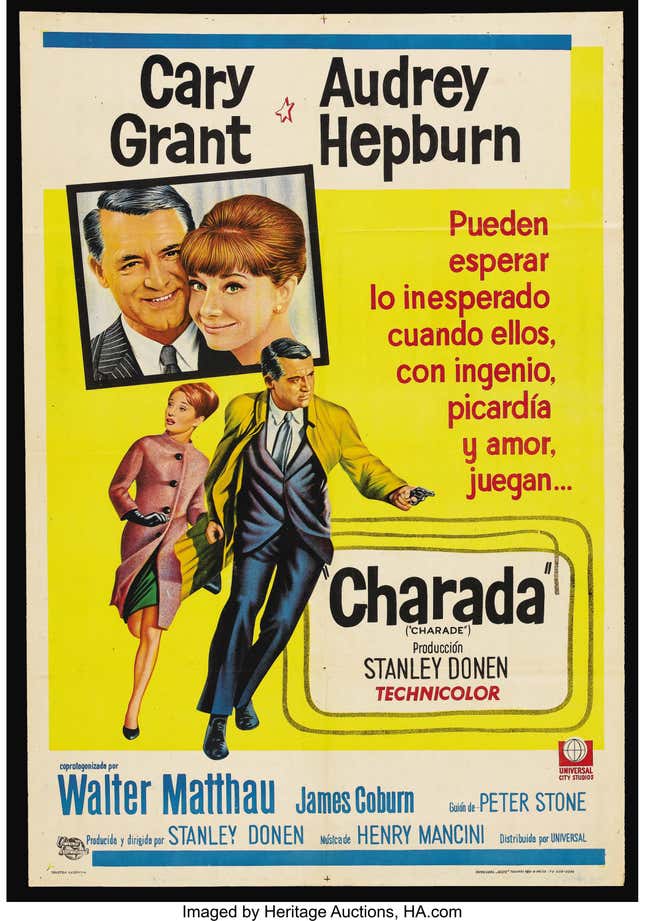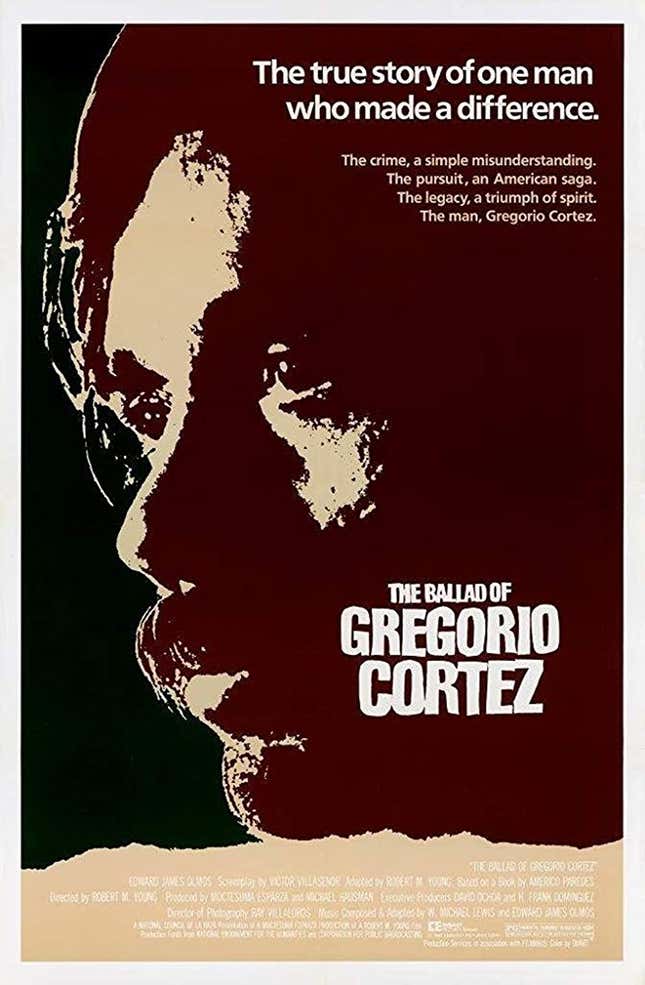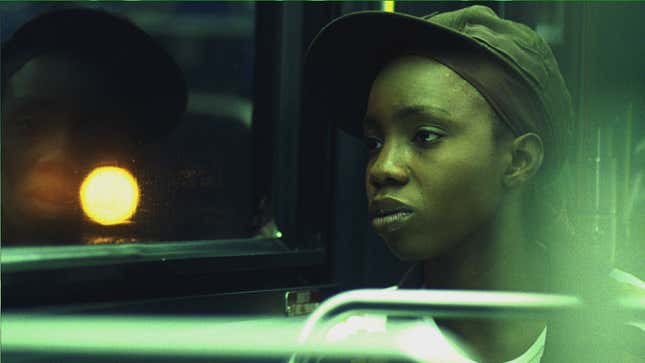
The film that kicked off the Marvel Cinematic Universe and subsequently launched a million takes about comic book movies destroying cinema is getting a little respect. On Wednesday, the Library of Congress announced the 25 movies that will be added to National Film Registry and Iron Man has been chosen as a historically significant work of American filmmaking.
This year’s entries to the prestigious list of films join old-school classics like The Great Train Robbery and Citizen Kane as well as more modern fare like Return of the Jedi and Shrek in the ever-expanding archive of the American canon. There are some notable films that most readers will probably be familiar with, like Carrie and When Harry Met Sally. But there are plenty of hidden gems in here that most have probably never seen, like a short capturing Mardi Gras in 1898 or a documentary about women labor organizers in the 1930s.
Of the deep cuts on the list that I am familiar with, I’d whole-heartedly recommend Kenneth Anger’s experimental short Scorpio Rising and Titicut Follies, Frederick Wiseman’s incredible documentary on conditions at a mental hospital in 1967.
You can click through the slides (or just scroll on mobile) to read what the Library of Congress had to say about each of the entries and we’ve provided links to where you can stream them online.
























